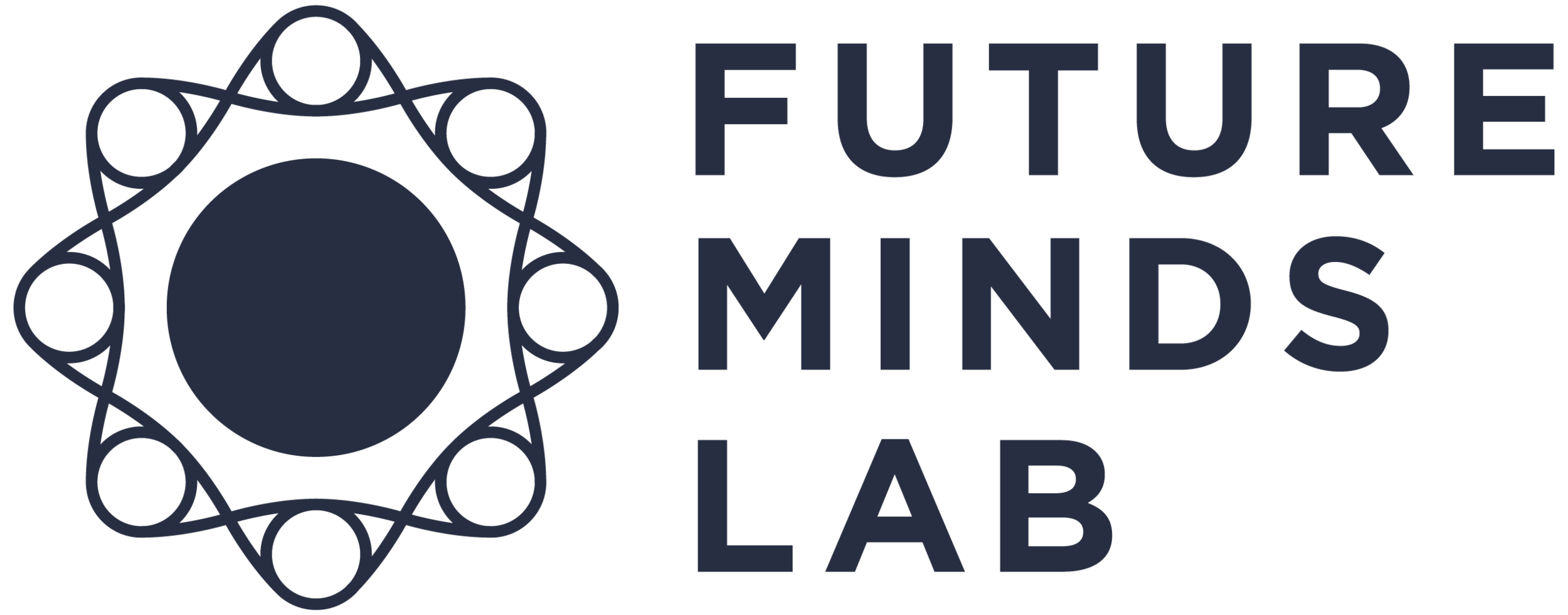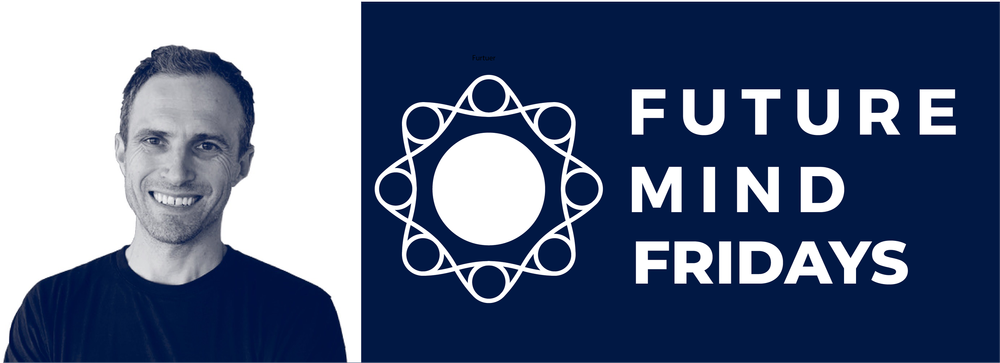Aphantasia and the Mind’s Eye
What is aphantasia and what is mental imagery?
For most of us when we think about how something looks, for example when I think about how an apple looks I have a conscious experience of what scientists and philosophers call Qualia of the apple, a fancy word to say that I have a vague conscious experience of seeing the apple in my mind’s eye, yes I actually see it! This is by no way the same as actually seeing an apple I hold in my hand, but I do you have moments or glimpses that are kind of graphic and colourful and look just like the apple. Although this is effortful and I cannot maintain it for any long period of time, it’s simply comes and goes as I put effort into holding that mental image in my mind. Now aphantasia is the complete lack of this experience or being blind in the mind. The inability to visualise things – so not seeing any apple when I think about the apple.
Subscribe to get the latest science on aphantasia, mental imagery and intuition
Hear about all the latest research from there lab here:
The human imagination: Visual imagery and aphantasia, for the Copernicus festival 2021
Some of our recent papers on Aphantasia
The new science of mental imagery
We are now in a new era of methodological technology for measuring imagery, it can now be done objectively and reliably! what does this mean? It means these new methods don’t only rely on people’s subjective opinions of their mental imagery. A few examples of such objective measurements are the binocular rivalry method that we developed here in the lab, that directly measures the sensory imagery strength of imagery, we can also use different types of functional brain imaging methods to measure what someone’s thinking about and how strong their imagery is, we can also use pupil dilation as a proxy measure of mental imagery
Our new study "A cognitive profile of multi-sensory imagery, memory and dreaming in aphantasia" recently published in Scientific Reports used validated questionnaires to investigate self-reported memory, dreams and other forms of imagery (e.g. imagery of music). We found that aphantasic individuals, when compared to groups who can visualise, report reduced autobiographical memories (personal memories of the past). Aphantasic individuals also reported less frequent and less visual night dreams, although a large majority reported that they still dream.
We also gave participants a PTSD screening form and found on average that there were no significant differences between aphantasic participants and those with the ability to visualise. However, this questionnaire has subcomponents, separated into the 4 symptoms of PTSD: arousal (feeling on edge), mood (negative mood due to the traumatic event), avoidance (avoiding anything related to the traumatic event) and re-experiencing (often referred to as ‘flashbacks’). We found that aphantasic participants reported less intrusive memories or ‘flashbacks’ than those participants who can visualise.
We tested other forms of imagery in aphantasia as well, specifically we looked at auditory, taste, smell, tactile/touch, kinaesthetic/movement, vestibular (e.g. hunger, cold) and emotion. We found that on average participants with aphantasia report reduced imagery across all of the senses, however this was not true of all participants. For example, some participants reported a lack of visual imagery, but very strong auditory imagery, suggesting that there are likely different subtypes of aphantasia.
Possible Brain Mechanism of imagery discovered: We also recently published a paper in which we found that the neural excitability of visual cortex and prefrontal cortex correlated with imagery strength. We then used a type of brain stimulation called transcranial direct current stimulation, to increase or decease the neural excitability and measured imagery again. We found that this type of brain stimulation could on average increase or decrease imagery strength! It is important to note that in this work we didn't actually recruit anyone with aphantasia, so we don't know if this method would be able to reverse aphantasia, but this is all part of our future plans! Here is the press release for the paper.
Joel Pearson & Ed Catmull from Pixar on Aphantasia, Imagery & Creativity | WIRED Health 2021
Aphantasia AMA with the Aphantasia Network
We are doing aphantasia research as fast as we can to understand what it is, its causes and impacts, however we need your help!
If you would like to support aphantasia research, every single dollar helps - you can donate here
If you’d like to join our database please fill in below, you can join up to be part of experiments, get our newsletters things like that.
What’s next? well we have multiple experiments happening at the moment, things are been a little bit slow at least in terms of the neuroscience stuff we’re doing because of COVID, but we have multiple online studies currently running and the neuroscience will start up again soon. We are interested in lots of different ideas and different experiments everything from eyewitness memory and eight aphantasia through to learning memory dreams mine wondering, depression and lots more.




